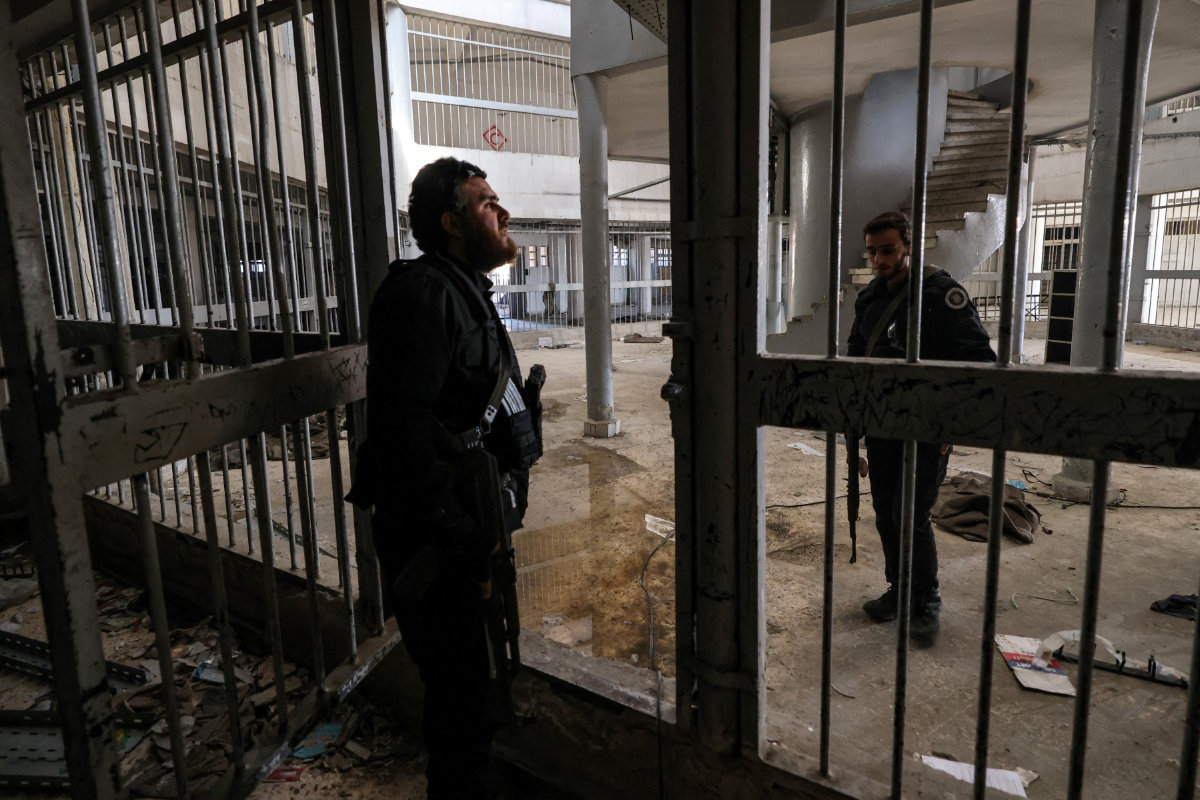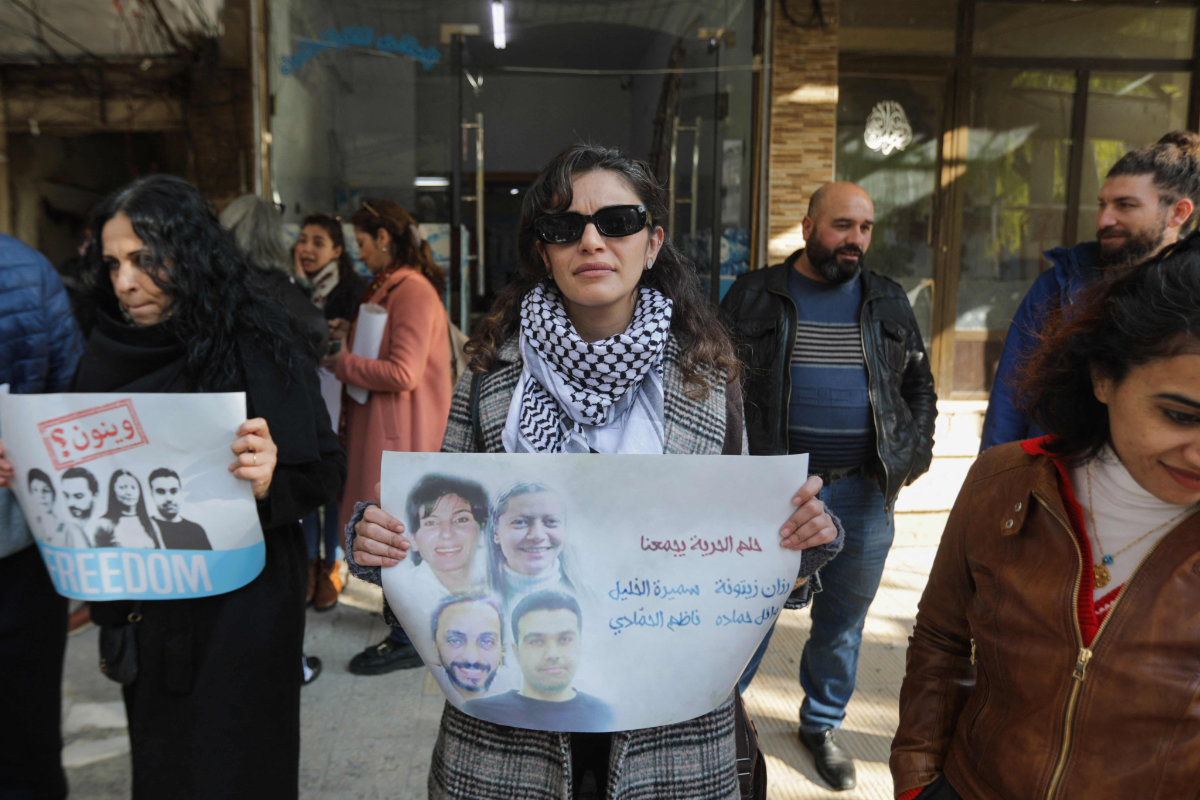ISTANBUL: In a dim one-room apartment in one of Istanbul’s poorest neighborhoods, 11-year-old Atakan Sahin curls up on a threadbare sofa with his siblings to watch TV while their mother stirs a pot of pasta.
The simple meal is all the family of six can look forward to most evenings. Atakan, his two younger brothers and 5-year-old sister are among the one-third of Turkish children living in poverty.
“Look at the state of my children,” said Rukiye Sahin, 28. “I have four children. They don’t get to eat chicken, they don’t get to eat meat. I send them to school with torn shoes.”
Persistently high inflation, triggered by currency depreciation and unconventional economic policies that President Recep Tayyip Erdogan pursued but later abandoned, has left many families struggling to pay for food and housing. Experts say it’s creating a lost generation of children who have been forced to grow up too quickly to help their families eke out an existence.
According to a 2023 joint report by UNICEF and the Turkish Statistical Institute, about 7 million of Turkiye’s roughly 22.2 million children live in poverty.
That deprivation is brought into stark focus in neighborhoods such as Istanbul’s Tarlabasi, where the Sahin family lives just a few minutes’ walk from Istiklal Avenue, a tourism hot spot bristling with brightly lit shops and expensive restaurants.
Meanwhile, the Sahins eat sitting on the floor of their room — the same floor Rukiye and her husband sleep on while their children occupy the room’s sofas. In the chilly early December night, a stove burns scraps of wood to keep them warm. They sometimes fall asleep to the sound of rats scuttling through the building.
Atakan spends his days helping his father scour dumpsters in search of recyclable material to earn the family a meager income.
Poor children in Istanbul also earn money for their families by selling small items such as pens, tissues or bracelets at the bars and cafes in the city’s entertainment districts, often working late into the night.
“I can’t go to school because I have no money,” he said. “We have nothing. Can you tell me how I can go? On sunny days, when I don’t go to school, I collect plastic and other things with my father. We sell whatever we find.”
The cash helps buy basic foodstuffs and pay for his siblings to attend school. On the days Atakan can attend, he is ill-equipped to succeed, lacking proper shoes, a coat and textbooks for the English class he loves.
The Sahins struggle to scrape together the money to cover the rent, utilities and other basic expenses as Turkiye’s cost-of-living crisis continues to rage. Inflation stood at 47 percent in November, having peaked at 85 percent in late 2022. Prices of food and nonalcoholic drinks were 5.1 percent higher in November than in the previous month.
Under these circumstances, a generation of children is growing up rarely enjoying a full meal of fresh meat or vegetables.
Rukiye and her husband receive 6,000 lira ($173) per month in government welfare to help toward school costs, but they pay the same amount in rent for their home.
“My son says, ‘Mom, it’s raining, my shoes are soaking wet.’ But what can I do?” Rukiye said. “The state doesn’t help me. I’m in this room alone with my children. Who do I have except them?”
The picture of children rummaging through garbage to help support their families is far from the image Turkiye presents to the world: that of an influential world power with a vibrant economy favorable to foreign investment.
Erdogan is proud of the social programs his party has introduced since he came to power more than 20 years ago, boasting that the “old days of prohibitions, oppression, deprivation and poverty are completely behind us.”
Speaking at the G20 summit in November, Erdogan described Turkiye’s social security system as “one of the most comprehensive and inclusive” in the world. “Our goal is to ensure that not a single poor person remains. We will continue our work until we achieve this,” he said.
Finance Minister Mehmet Simsek, tasked with implementing austerity and taming inflation, said the 17,000 lira ($488) monthly minimum wage isn’t low. But he has pledged to raise it as soon as possible.
Although the government allocates billions of lira to struggling households, inflation, which most people agree is far above the official figure, eats into any aid the state can give.
In districts such as Tarlabasi, rents have risen five-fold in recent years due to gentrification in central Istanbul that puts pressure on the housing market for low-income families.
Experts say welfare payments aren’t enough for the millions who rely on them, forcing many parents to make impossible choices: Should they pay the rent or buy clothing for the children? Should they send them to school or keep them home to earn a few extra lira?
Volunteers are trying to ease the cycle of deprivation.
Mehmet Yeralan, a 53-year-old former restaurant owner, brings essentials to Tarlabasi’s poor people that they can’t afford, including coats, notebooks and the occasional bag of rice.
“Our children do not deserve this,” he said, warming himself by a barrel of burning scrap wood on the street. “Families are in very difficult situations. They cannot buy food for their children and send them to school. Children are on the streets, selling tissues to support their families. We are seeing deep poverty here.”
Hacer Foggo, a poverty researcher and activist, said Turkiye is raising a lost generation who are forced to drop out of school to work or are channeled into vocational programs where they work four days and study one day per week, receiving a small fraction of the minimum wage.
“Look at the situation of children,” she said. “Two million of them are in deep poverty. Child labor has become very common. Families choose these education-work programs because children bring in some income. It’s not a real education, just cheaper labor.”
Foggo points to research showing how early childhood education can help break cycles of poverty. Without it, children remain trapped — stunted physically and educationally, and condemned to lifelong disadvantages.
UNICEF placed Turkiye 38th out of 39 European Union or Organization for Economic Cooperation and Development countries in terms of child poverty between 2019 and 2021, with a child poverty rate of 34 percent.
The tragic consequences of this destitution occasionally burst into the public arena.
The deaths of five children in a fire in the western city of Izmir in November happened while their mother was out collecting scrap to sell. The image of their sobbing father, who was escorted from prison in handcuffs to attend his children’s funeral, caused widespread outrage at the desperation and helplessness facing poor families.
It is a situation Rukiye fully understands.
“Sometimes I go to bed hungry, sometimes I go to bed full,” she said. “We can’t move forward, we always fall behind. ... When you don’t have money in your hands, you always fall behind.”
Her eldest son, meanwhile, clings to his childhood dreams. “I want my own room,” Atakan said. “I want to go to school regularly. I want everything to be in order. … I’d like to be a football player one day, to support my family.”
Turkiye’s soaring costs are creating a ‘lost generation’ of kids forced to help their families get by
https://arab.news/j57dm
Turkiye’s soaring costs are creating a ‘lost generation’ of kids forced to help their families get by

- About 7 million of Turkiye’s roughly 22.2 million children live in poverty

























